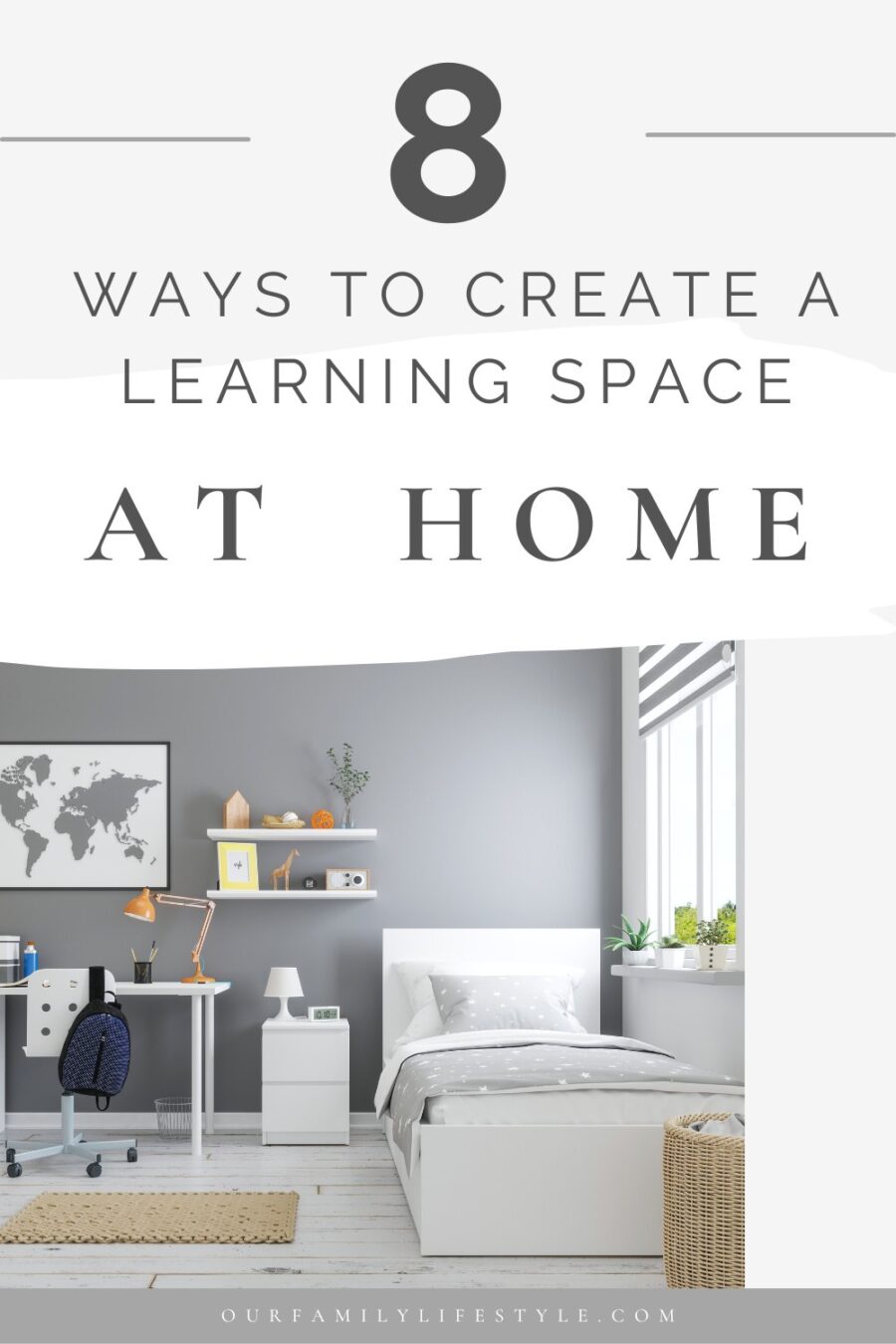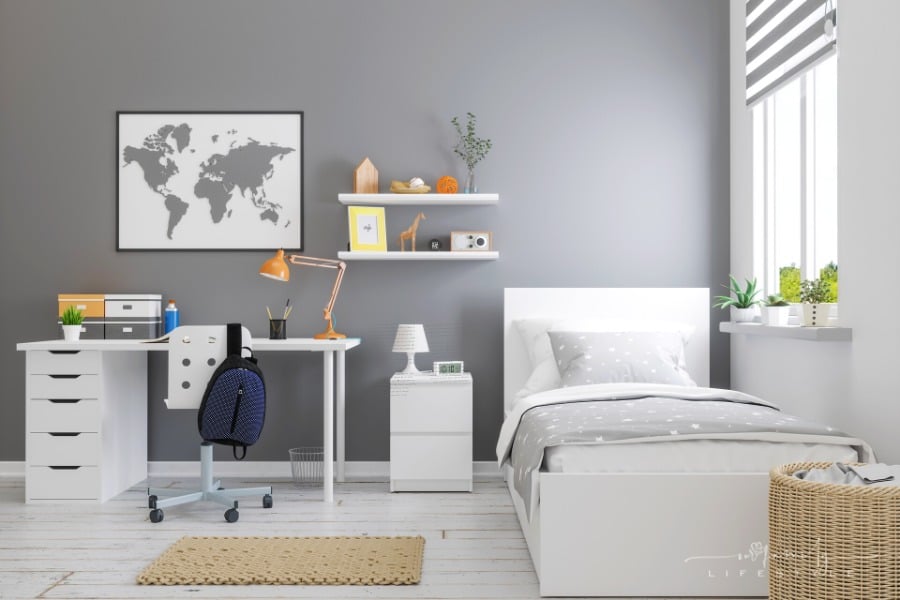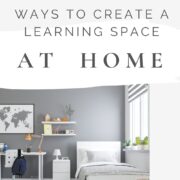Want to Create a Learning Space at Home? Here’s How
The bigger your house is and the more rooms you possess, the more options you’ll have available. There are things every man cave should have, and key items for games rooms.
Perhaps you want to take an online course or study for a new qualification. Or maybe you need a dedicated space for homework or homeschooling.
If so, this article provides some tips on how to create a perfect learning space.

Use A Display Board
This is where you can put up pictures, drawings, notes, or anything else that’ll help you visualize your goals and progress. It’s a great way to stay motivated and keep all of your materials organized in one place.
You could use it to display information about the topic you’re studying or to post reminders about upcoming assignments or tests.
You can find loads of options and advice by visiting specialist websites. Some people buy marker board for schools and offices, as well as whiteboards and dry erase boards. It’s possible to purchase calendars, music lines, and graphic marker boards as well as whiteboard cleaners and accessories.
Designate A Room Or Space
Ideally, you should use a spare room in your house and convert it into a learning zone. This way, you can easily set up desks, shelves, and any other equipment you need. Then you won’t have to keep rearranging furniture or worrying about making too much noise.
If you don’t have a spare room, convert a corner in a room, or even use an outdoor space. Just make sure it’s in a quiet spot where you or your school child won’t be disturbed.
Remove The Distractions
These can be anything from general clutter to things that make noise. If you have young children, you might need to child-proof your space so that they can’t come in and make a mess. If you have pets, make sure they’re not in the way or making noise, either.
If you don’t keep a TV or games console in this area, it’ll remove temptation. Keep a smartphone away if social media, emails, and texts are an issue. Finally, let family members know not to disturb you while you’re studying.
Choose The Right Furniture And Equipment
In general, you’ll want to look for pieces that are comfortable, functional, and stylish. A desk or table gives your child a dedicated spot to do their homework, read, write, or use the computer.
If you don’t have room for a traditional desk, try a small table or even a lap desk that can be used in any spot in your home.
A quality chair is important for both comfort and posture while you’re working. Look for one that’s adjustable so it can be raised or lowered to suit your height. Shelves, bins, and baskets can help keep the area tidy and make it easy for your child to find what they need.
Consider Decoration, Lighting, And Technology
Personalize the space with items that inspire your child and make them feel good about learning. Good lighting is especially critical when you’re doing close work. A desk lamp or floor lamp will help illuminate the area and reduce eye strain.
Most people use desktop PCs or laptops to do their work. A desk with a built-in keyboard tray can help keep cords organized and prevent back and neck pain (from hunched-over positions).
Provide All The Necessary Learning Materials
This includes items such as books, flashcards, educational games, pencils, pens, paper, crayons, markers, etc. Having all of these materials easily accessible will make your child feel like you’re investing in their education. It’ll encourage them to use the materials regularly, and make home learning much more efficient and enjoyable.
By staying stocked up on supplies, it’ll prevent you from having to make last-minute trips to the store every time your child needs something.
This can save you a lot of time and frustration in the long run. Plus, it’ll give you the opportunity to teach your child about the importance of being prepared and systematic.
Encourage Your Child To Take Ownership Of The Space
When children feel like they have a say in how their learning space looks and functions, they’re more likely to take pride in it and use it regularly. Plus, it’s a great opportunity for them to learn about organization and design.
If possible, let them help choose the location of the space. This will help them associate the area with learning and focus.
Allow them to pick out items for the space that they love and that will make them feel comfortable, such as blankets, pillows, etc. Encourage them to keep the space tidy and allow them to use the area in whatever way works best for them.
Some children prefer complete silence while others like to have background noise (e.g. music, or white noise). Respect their preferences and let them experiment until they find what works best for them.
Create A Study Routine
Your child’s success in school depends on good study habits. Help them develop a regular routine for tackling homework and preparing for exams.
Encourage your child to take breaks, but not too many. A 10-minute break after every hour of study is a good rule of thumb. Set a regular time for homework and stick to it.
Help your child plan ahead by creating a weekly or monthly schedule. This will help them stay on top of assignments and avoid last-minute cramming. Encourage your child to ask questions and seek help when needed.
Praise your child’s efforts, even if the results aren’t perfect. This will help them stay motivated. If you have concerns about your child’s progress, talk to their teacher. They can offer advice on how to best support your child at home.
Thanks to these helpful tips, you’ll soon have the perfect learning space.
Your home study area will be set up and ready for use. Whilst this will have involved an investment of your time and money, it’ll be worth it when the exam results come out.




